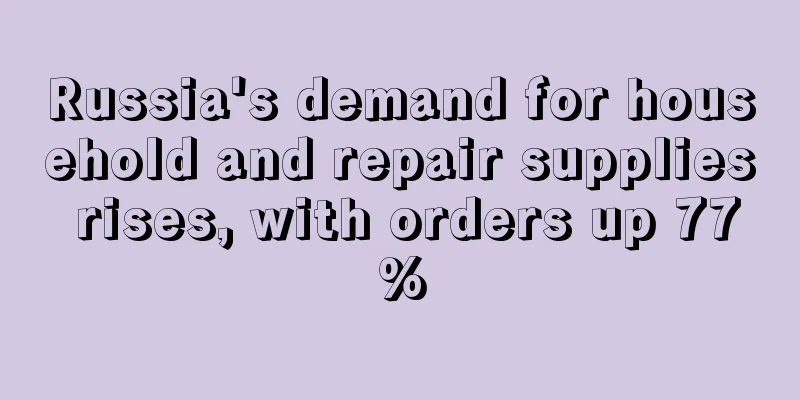Klarna releases German consumer trends: Seniors become the fastest growing group in online shopping

|
Recently, Klarna, the world's leading payment and shopping platform, released online shopping data in Germany and revealed new consumption trends among residents based on the different situations of the epidemic in Germany.
Early stage of the outbreak ( January-March): Germany’s first lockdown was implemented in March 2020. In March, online sales of food and beverages in Germany increased by 51% compared to February, and beauty products also increased by 51% . Compared with shopping in the morning or evening before the lockdown, people mostly prefer to shop online during the day due to home isolation.
The first major outbreak abroad ( March-June): In March 2020, the first major outbreak occurred in Europe, with more than 100,000 confirmed COVID-19 cases worldwide. Due to panic buying by residents, online channels quickly became popular. Coupled with the fact that people could only spend time at home, the number of people buying home and garden products online increased, and Germans aged 36-45 became the main consumer group.
Normalization of epidemic prevention and control: ( July-September): As the lockdown measures began to show results, Germany relaxed its control measures from July to September. During this period, consumers in northern Germany liked to buy home and garden products ; consumers in the south liked to buy home fitness products ; and in cities such as Berlin and Hamburg, people preferred to focus on fashion clothing .
During the second lockdown ( October-December): In December 2020, a new variant of the coronavirus was discovered in the UK, and Germany also followed suit with a strict lockdown. With the arrival of Black Friday and Christmas in Germany, online shopping has ushered in a boom. Data shows that Germany set a new record for online sales during Black Friday, up 62% year-on-year, with the best-selling products including electronics, jewelry and beauty. Online sales during Christmas in Germany (the first week of December) increased by 95% year-on-year, and consumers over 66 years old love to buy children's toys, clothing, etc.
New consumption trends in 2021 (January-February): As Germany continues to vaccinate, its infection numbers have declined, and online shopping has also brought new trends. Compared with 2020, women's spending on online shopping has increased, with an average of 7 euros out of every 10 euros spent on online shopping; the elderly over 66 years old have become the fastest growing group of online shoppers, accounting for 9%, and they mainly buy daily necessities and medicines.
Viveka Söderbäck, consumer behavior expert at Klarna, said: " As people discover the benefits of online shopping, new habits will be formed, especially the elderly who become the fastest growing customer group for online shopping. " Cross-border e-commerce market Germany Klarna |
<<: Embracing multiculturalism, Ulta Beauty plans to expand into the black market
>>: Douyin launches a cross-border import zone, and social media is also going crazy
Recommend
Online grocery GMV reached $8 billion, and these are the changes in US consumption in February
Online grocery sales in the U.S. fell from a peak...
What is dポイントクラブ? dポイントクラブReview, Features
D POINT CLUB is a points program that anyone can j...
Sold out! Heating products are selling like hot cakes, with some sales increasing 13 times
"Fearing energy shortages, Polish people que...
Attention! Lazada will upgrade the parcel collection point "Collection Point"
Recently, according to foreign media reports, in ...
More than 50% of new sellers on Walmart are from China
According to the latest research data released by...
After 5 years on Amazon, sellers went from profitable to indebted
A seller who had been operating on Amazon for 5 y...
UK Amazon workers to strike before Christmas
Hundreds of Amazon workers at their vast warehous...
What is Modnique? Modnique Review, Features
Modnique mainly sells high-end brand clothing, han...
Nearly 50% of Amazon consumers only add to cart but do not place an order
Advertising budgets have been spent, orders are f...
"European Cup + Going Global" is hot! AliExpress is recruiting "cross-border experts" for merchants
Since the start of the European Cup, the sideline...
What is beautifultaiwantea? beautifultaiwantea Review, Features
beautifultaiwantea is a shop that provides tea. Ab...
Free 30-day sales commission! Walmart's "New Seller Savings" program is launched
Yesterday, Walmart’s “ New Seller Savings ” progr...
Amazon and Temu compete for the $380 billion market
As the potential of the global e-commerce market ...
What is ID Sarrieri? ID Sarrieri Review, Features
ID Sarrieri is a website focusing on lingerie and...
Another group of people are going to transfer! Is development difficult?
Product development status ... On cross-border e-...









